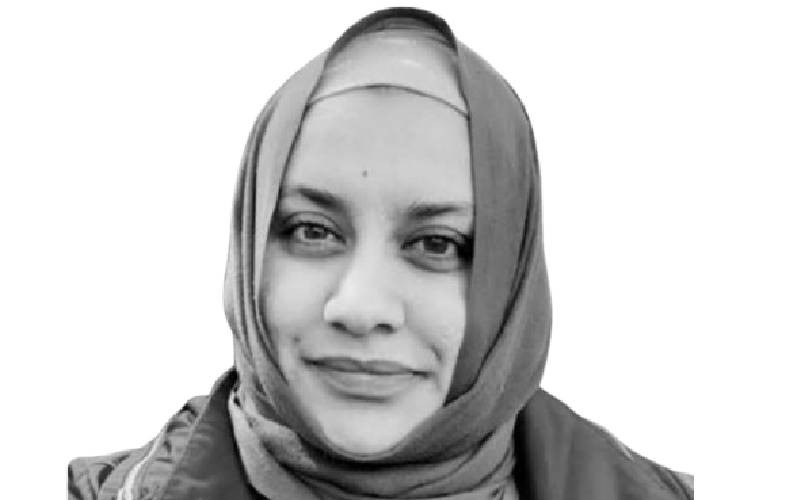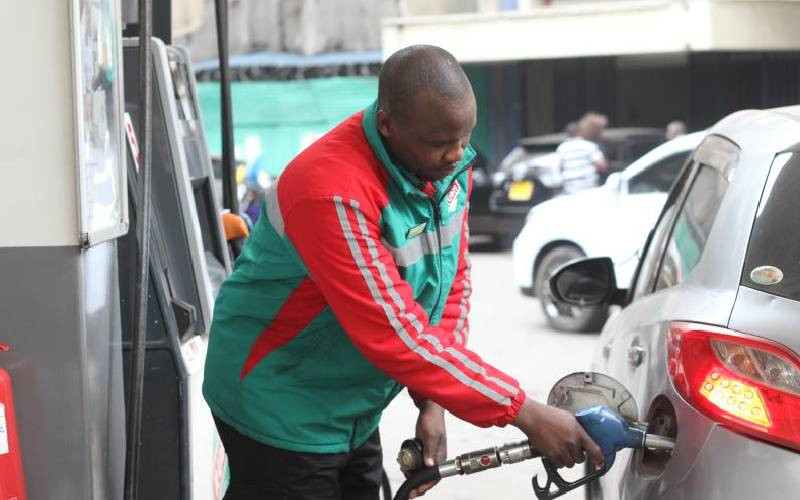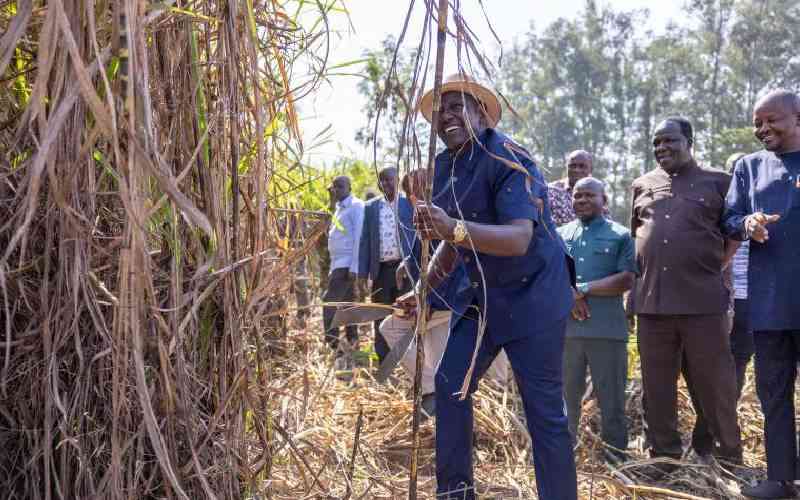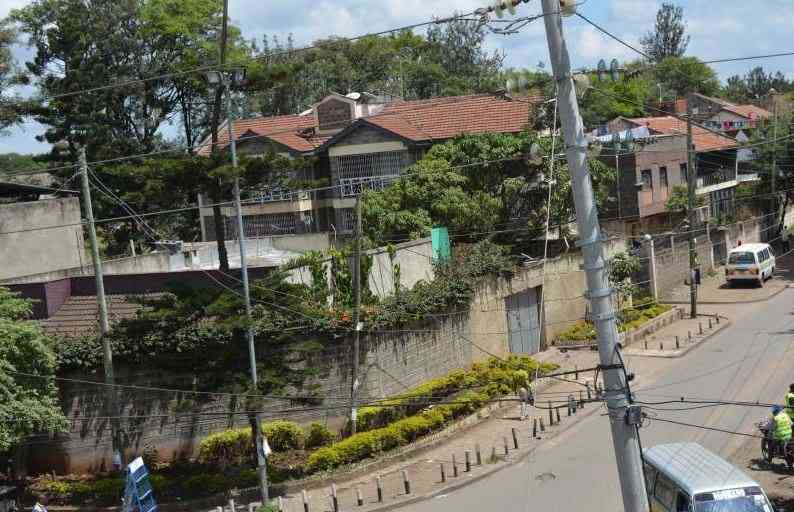
Abraham Lincoln, the 16th US President, crafted a strategy called the ‘Team of rivals’ to unite his nation.
Amid the civil war, he appointed his fiercest critics to key positions as he sought to end rifts between the North and South in 1861. Mr Lincoln’s philosophy of embracing rivals for greater good paid off.
Similarly, before the Second World War, bitter rivals Winston Churchill and Clement Attlee formed a wartime coalition to unite Britain’s response to the Nazi threat. It worked.
Closer home in South Africa, Nelson Mandela and FW de Klerk created their own ‘Team of rivals’ to end apartheid. Their unity earned them the Nobel Peace Prize in 1993.
Despite being jailed for decades, Mr Mandela tapped the power of forgiveness and building bridges with adversaries.
Throughout mankind’s history, many leaders of repute have reconciled with their political rivals, driven by greater ambitions – be it winning elections, public good, settling scores or remaining politically relevant. The future counted to them pretty much than the past.
In Kenya, recent developments suggest that the political relevance of ousted Deputy President Rigathi Gachagua in his Mt Kenya backyard will depend on his ability to embrace Lincoln’s ‘Team of rivals’ philosophy. He must shake hands with fourth President Uhuru Kenyatta at all costs. The sooner the better.
As long as Mr Gachagua and Mr Kenyatta are at odds, Mt Kenya will be huffing and puffing.
It will take years, even decades, for the region to get another ‘horse’ capable of vying for the presidency or deputy presidency. Kenyan politics, as we know, is deeply rooted in tribal dynamics. Granted, unity is key to defending regional interests and conveniently bargaining.
It should interest us that Mt Kenya is by now digesting four home truths. First, the elevation of Prof Kithure Kindiki to deputy president doesn’t mean the region will retain the number two slot in 2027. Second, can Prof Kindiki deliver numbers? Third, will the region produce a contender to face President William Ruto in the upcoming poll?
And finally, aside from Mr Gachagua and Mr Kenyatta, who else can unify the region? The answers signal that the two giants must close ranks and save the region from political Siberia. Let’s remember that no region understands the gains of proximity to State power than Mt Kenya.
Historically, the region has been united in supporting presidential candidates from within. In 2022, however, they cast their lot with Ruto. With Mr Gachagua’s fallout with Mr Kenyatta, unity is slipping, with factions emerging. Martha Karua, Mwangi wa Iria, Mwangi Kiunjuri, Kimani Ichungwa and Ndindi Nyoro are asserting their positions, but the divisions only weaken their ability to safeguard local interests.
Nyanza, Western, Eastern and the Coast are now awake and may aggressively rally behind candidates from their areas or just gang up. If this happens, it will diminish Mt Kenya’s chances even further. In 2027 and 2032, the next president will need broader appeal, not just solid support from one region.
With the growing importance of coalitions, those who can unite diverse regions and constituencies will have the upper hand, regardless of their ethnic or regional background. Those around Mr Gachagua should have lobbied for a ‘handshake’ between him and Mr Kenyatta immediately after his impeachment.
Stay informed. Subscribe to our newsletter
Their meeting last week during the installation of Rev Peter Kimani Ndung’u in Embu should have been a chance to publicly reconcile. The ‘truthful man’ was cheered by crowds but missed a chance to show unity and outfox detractors. Mr Kenyatta snubbed him, only exchanging pleasantries with Ruto and Kindiki.
Mr Gachagua must stop crying over spilt milk. He should realise that he and his former boss Mr Kenyatta, are joined at the hip. Even if Mr Kenyatta is retired and ‘Riggy G’ won’t contest for 10 years, they will still pull strings. They’ve charm and a big sway over ‘Mlima’ and its people.
-The writer is a communications practitioner.






